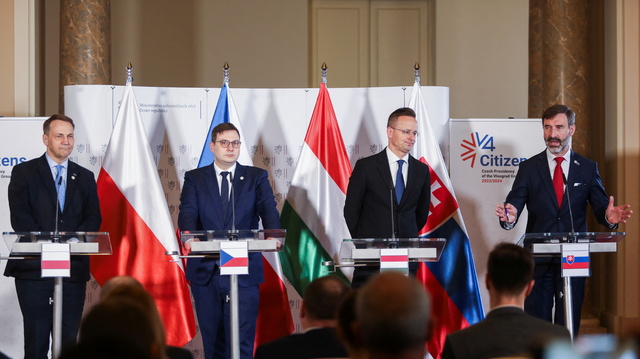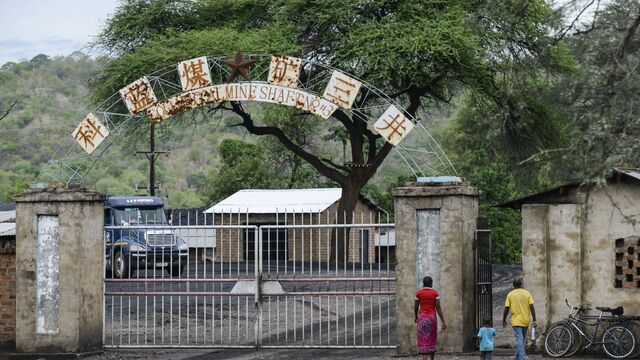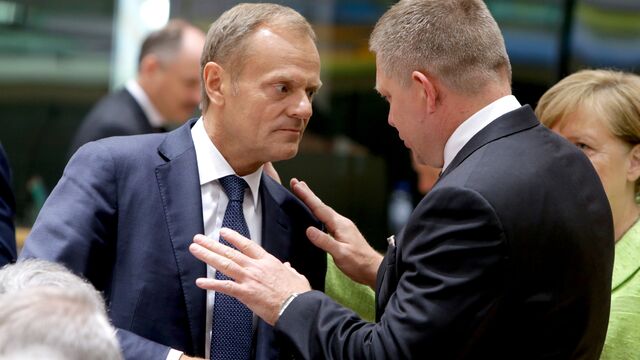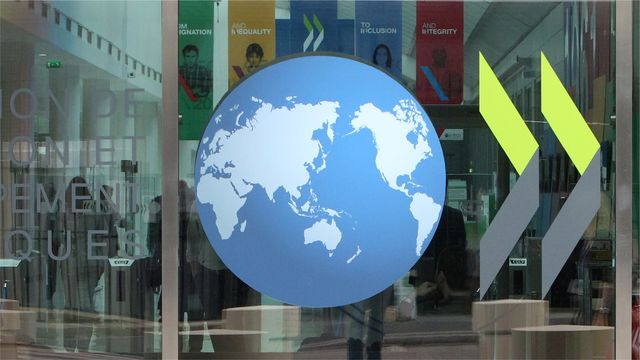V4 Development Cooperation Trialogue: Executive Summary
In their concluding work, researchers under the V4DevCo project established a guide to participation in EU development funding. Ondřej Horký-Hlucháň and Daniel Šitera represented the IIR in the project.
Executive Summary
The European Union’s (EU) development cooperation policy is aimed at supporting socio-economic development in developing countries. This policy focuses primarily on the reduction and eventual eradication of poverty. It should promote sustainable development around the world, and complement and reinforce EU Member States’ efforts in this regard. Although Czechia, Hungary, Poland, and Slovakia – also known as the Visegrad Four (V4) – vary in terms of their level of participation in EU development funding programmes, they often face similar difficulties.
Enabling all key Visegrad stakeholders (public authorities, Civil Society Organisations – CSOs, the private sector) to engage in meaningful dialogue (or rather “trialogue”) on development activities is necessary for strengthening participation by non-state actors in EU development funding programmes. The V4DevCo – V4 Development Cooperation Trialogue: Reinforcing Synergies, Sharing Good Practices project provided them with a unique platform for the exchange of views, experience and knowledge transfer through a series of three workshops, while project activities contributed directly to this Guide. This study aimed to enhance the knowledge base on participation of V4 non-state development actors in EU development funding programmes.
In the first chapter, the Guide analyses the participation of V4 non-state actors in EU development funding programmes. Overall, V4 countries’ share in it is at a very low level, and they vary in their participation in EU development funding. The chapter also identifies the obstacles to deeper engagement of V4 development actors, and strives to find solutions for increasing the level of non-state actors’ involvement in applying for EU development grants and bidding for procurement contracts. Identifying these potential solutions enabled the formulating of several country- specific recommendations, included in this chapter. Interestingly, some of the obstacles to greater involvement by V4 non-state actors in EU development funding that had already been identified in previous studies could also be seen in the exchanges the authors had with representatives of these organisations during the course of the V4DevCo project. This suggests that problems already identified some years ago remain unaddressed.
The second chapter begins with analysing V4 participation in the European Financial Architecture for Development. Then, it shares good practices from a relatively successful EU member state in EU development funding acquisition. To this end, the chapter covers knowledge transfer from Denmark. The chapter concludes that it remains crucial for V4 countries to first of all invest in their bilateral cooperation, and only then use bilateral cooperation tools to enhance eligibility for EU funding. But in any case, EU funding cannot replace bilateral funding, especially in a situation where none of the V4 countries met the 0.33% ODA/GNI target. This is also particularly important in the context of the future potential for applying the V4’s expertise in the post-war reconstruction of Ukraine, since tapping this potential depends
on the V4’s ability to address structural problems and scale up their participation in EU development policy alongside other EU Member States.
Subsequently, in the third chapter, the Guide aims to complement the understanding of roles, challenges and future of V4 civil society engagement with EU funding mechanisms. It also contains several practical tips for CSOs that want to be successful in applying for EU development funding.
The fourth chapter offers an overview of the collaborative frameworks and practices of European actors, in particular V4 non-state stakeholders, in their cooperation with Sub-Saharan African partners. The chapter then goes on to discuss the prerequisites for successful projects involving V4 stakeholders and African partners. It finds that a real network connecting all stakeholders in EU–Africa relations is a requisite, and the current strategies do not sufficiently involve non-governmental organisations (NGOs), businesses, and project beneficiaries.
The Guide concludes in the fifth chapter with a set of nine key recommendations targeting development actors from the V4 countries and the European Commission, drawn up during implementation of the V4DevCo project. The emphasis is on issues that can be perceived as common to all V4 countries, and the recommendations overwhelmingly recognise the crucial role played in this context by the V4 governments. In particular, the study recognises that increasing V4 bilateral development cooperation budgets is of utmost importance; moving away from the “silo approach” could be beneficial for all V4 development actors, and or this purpose more activities aiming to facilitate a “trialogue” between the public authorities, NGOs, and businesses are needed; the European Commission should actively support engaging more actors from the non-traditional donor Member States in EU development cooperation, since this could have important gains. Increasing the sense of ownership in EU development cooperation could not only bring additional resources
and knowledge, and raise awareness on global issues in societies across the V4, but should also foster a much-needed “fresher” approach to this policy.







